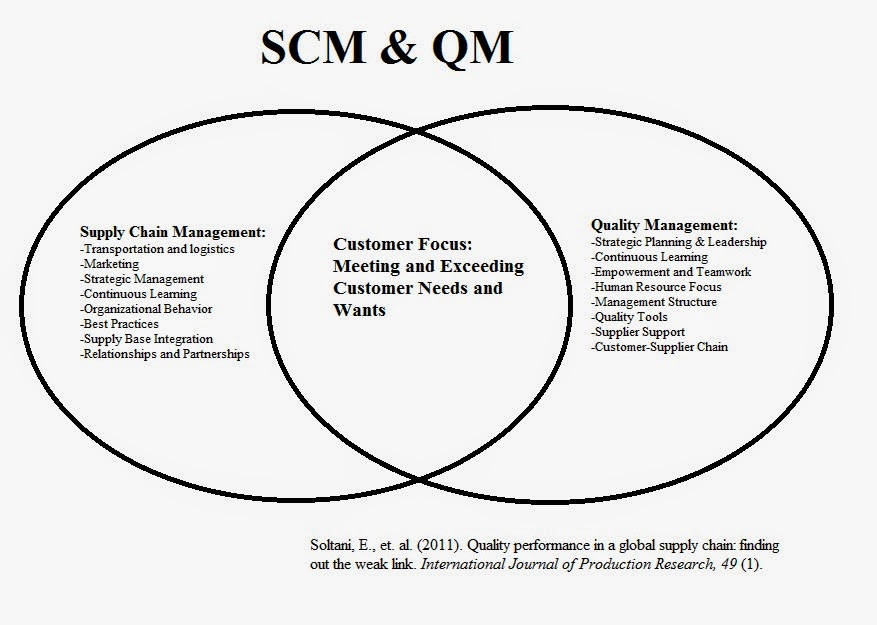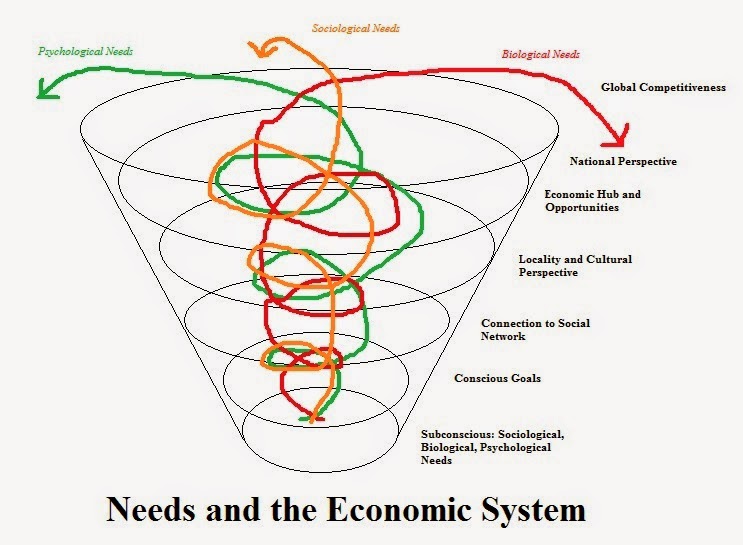September 12-13, 2014
Los Angeles, United States of America
Call for Papers:
- Submission of an abstract, topic of interest or proposal will be accepted for the purpose of registration.
- Time schedule to be determined later after all the papers have been received
- 30 minute presentation per paper
- Approved and Peer Reviewed papers will be published in on-line proceedings.
Topics:
Abstracts of research papers in 150-200 words are invited from Managers, Leaders, faculty, academics, administrators and Ph.D. scholars/Post Graduate students on contemporary issues in Leadership and Management befitting any of the conference tracks mentioned as under. Topics of interest for submissions include, but are not limited to:
- Forensic Accounting
- Global Business Law and Ethics
- Global Business Policy and Strategy
- Global Entrepreneurship and New Ventures
- Reengineering Financing
- Global Business Perspective
- Global Innovative Education & Academic Administration
- The Global Village of Internet, E-Commerce and Technology Management
- Orientation of Management and Organizational Behavior
- Global Information Systems
- Competitiveness on Managerial Global Terrain
- Relationship Marketing Management
- Managers Line of Production and Operations Management
- Service Management (including Healthcare and Hospitality Management)
- Meaning of Small Business
- Recessions, Contractions, and Recoveries in 2010-2011
- Various Research Methods
- Health Care Administration
- Criminal Justice Administration
- Educational Leadership
- Public Policy
- Global Leadership
- Online Education
- Nursing Leadership
Website: http://www.uofriverside.com/
Los Angeles, United States of America
Call for Papers:
- Submission of an abstract, topic of interest or proposal will be accepted for the purpose of registration.
- Time schedule to be determined later after all the papers have been received
- 30 minute presentation per paper
- Approved and Peer Reviewed papers will be published in on-line proceedings.
Topics:
Abstracts of research papers in 150-200 words are invited from Managers, Leaders, faculty, academics, administrators and Ph.D. scholars/Post Graduate students on contemporary issues in Leadership and Management befitting any of the conference tracks mentioned as under. Topics of interest for submissions include, but are not limited to:
- Forensic Accounting
- Global Business Law and Ethics
- Global Business Policy and Strategy
- Global Entrepreneurship and New Ventures
- Reengineering Financing
- Global Business Perspective
- Global Innovative Education & Academic Administration
- The Global Village of Internet, E-Commerce and Technology Management
- Orientation of Management and Organizational Behavior
- Global Information Systems
- Competitiveness on Managerial Global Terrain
- Relationship Marketing Management
- Managers Line of Production and Operations Management
- Service Management (including Healthcare and Hospitality Management)
- Meaning of Small Business
- Recessions, Contractions, and Recoveries in 2010-2011
- Various Research Methods
- Health Care Administration
- Criminal Justice Administration
- Educational Leadership
- Public Policy
- Global Leadership
- Online Education
- Nursing Leadership
Website: http://www.uofriverside.com/


